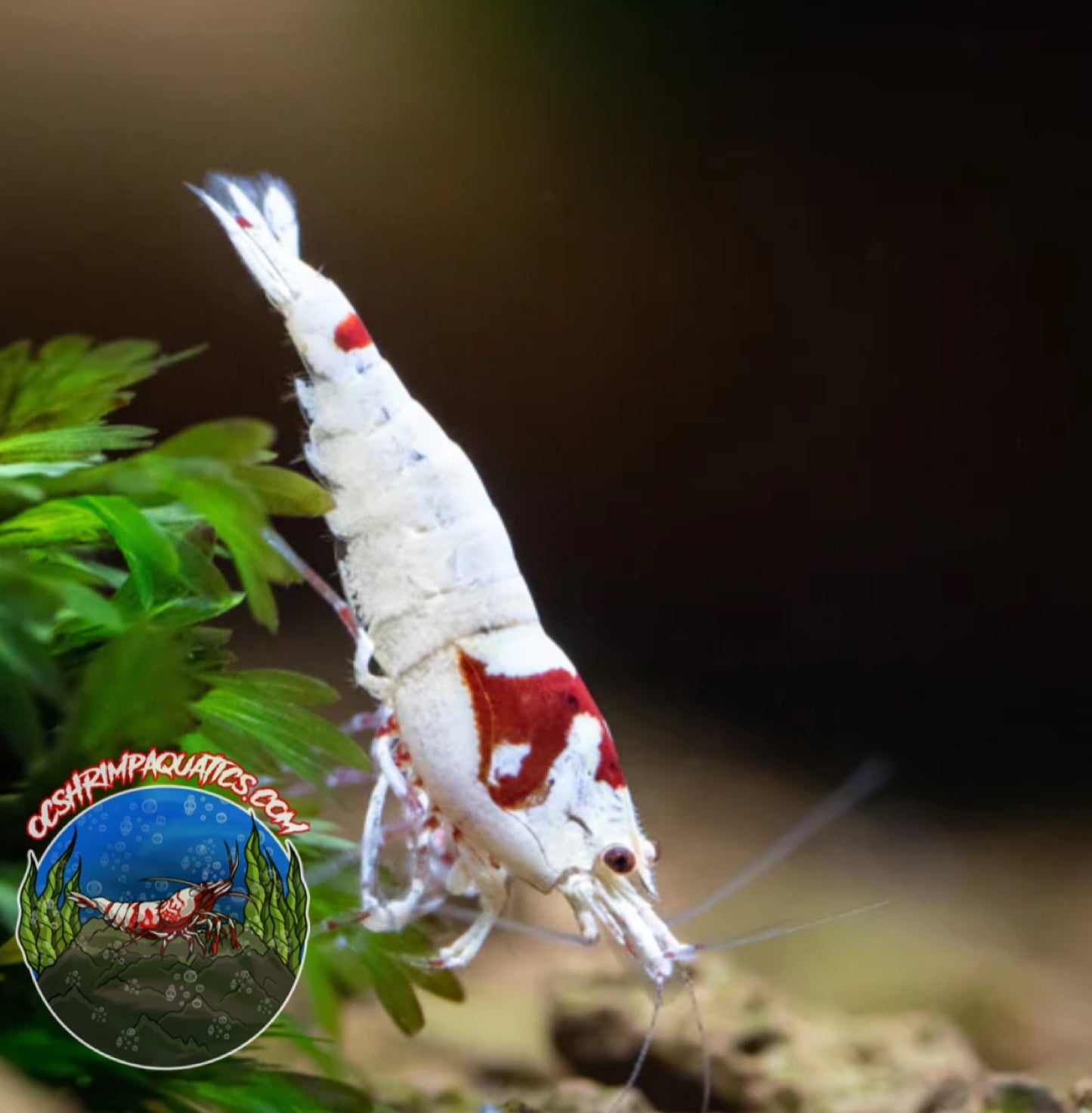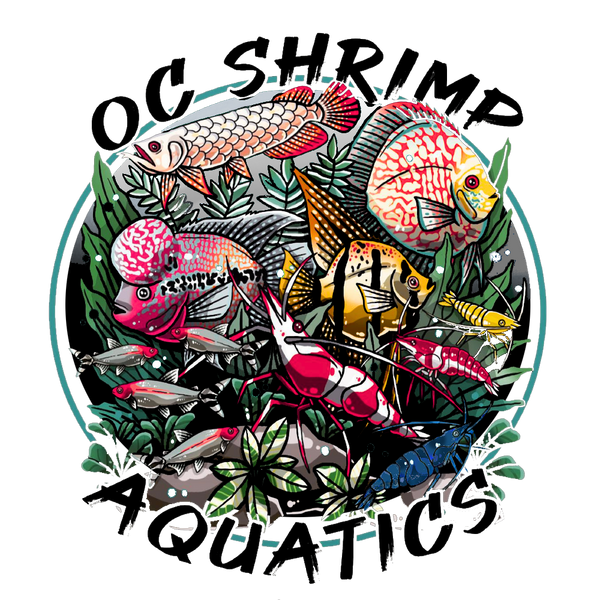OC SHRIMP AQUATIC
PURE RED LINE SHRIMP ( PRL )
PURE RED LINE SHRIMP ( PRL )
Couldn't load pickup availability
Share
The Pure Red Line Caridina shrimp is a beautiful and striking freshwater shrimp known for its vivid red coloration and distinctive markings. This variety of Caridina shrimp is prized in the aquarium hobby for its vibrant appearance and relatively hardy nature. Here’s a detailed guide to caring for Pure Red Line Caridina shrimp:
Tank Setup
-
Tank Size: A minimum of 10 gallons is recommended for a small group of Pure Red Line Caridina shrimp. Larger tanks provide better stability in water conditions and more space for the shrimp to thrive.
-
Tank Environment:
- Substrate: Use a soft, non-abrasive substrate like sand or fine gravel. Specialized shrimp substrates that help maintain optimal water conditions are also a good option. Ensure the substrate is smooth to avoid damaging the shrimp’s delicate legs and antennae.
- Plants and Decor: Include live plants such as Java Moss, Anubias, or other hardy species. Plants provide hiding spots and contribute to water quality. Use driftwood, rocks, and other decorations to create a natural habitat with plenty of cover.
-
Water Conditions:
- Temperature: Maintain a stable water temperature between 68-78°F (20-26°C). Use a reliable heater to maintain consistent temperatures.
- pH Level: Pure Red Line Caridina shrimp prefer slightly acidic to neutral water. Aim for a pH range between 5.5-6.0
- Water Hardness: They thrive in soft to moderately hard water. Aim for a hardness range of 4-8 dGH.
- Filtration: Use a gentle filter to keep the water clean without creating strong currents. Sponge filters or small hang-on-back filters are ideal. Perform regular water changes (20-30% weekly) to maintain water quality.
Diet
-
Diet: Pure Red Line Caridina shrimp are omnivorous. Feed them a varied diet that includes high-quality shrimp pellets or flakes, blanched vegetables (such as zucchini, spinach, or carrots), and occasional live or frozen foods like daphnia or bloodworms.
-
Feeding: Feed them once or twice a day, providing only as much food as they can consume within a few minutes. Overfeeding can lead to water quality issues, so ensure they have a balanced diet with small portions.

Order and get 100 reward points
Earn points by signing up for our rewards program

